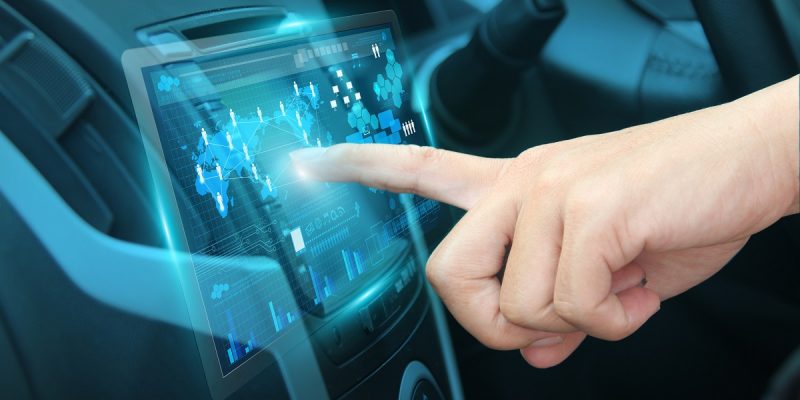The connected, autonomous 5G future has many promises that come with big demands.

May 29, 2020
As the next generation in mobile connectivity it offers the capability to process terabytes of data per hour, enable faster over-the-air updates and some proponents of the technology say they can achieve this with near-zero latency. The question though is: Can they?
In its 2019 Strategy & Digital Auto Report, Time to get real: opportunities in a transforming market, PwC claims: “5G will drive not only new connected services, but also foster shift towards cloud-based vehicle architecture.” In its view, the implications will be that “different vehicle electronics architectures will coexist but with a clear trend toward in-vehicle centralization”.
Smartphones-on-wheels
The report says cars will become smartphones-on-wheels with “software design re-use and software-based innovation; lower complexity and volumes of physical components (e.g. ECUs); optimization of power consumption across vehicle, cloud, and potentially other vehicles”. These connected and autonomous vehicles (CAVs) will also have increased longevity as they will also have the ability to physically upgrade.
Deloitte’s automotive manager, Niranjan Thiyagarajan adds his view on the promises that 5G brings with it: “5G has the potential to operate up to 100 times faster than current 4G speeds, enabling more complex and data heavy services. In automotive, some technologies, like over-the-air, may be limited to use where the car is stationary for safety reasons. However, video and content streaming for passengers and, in the case of autonomous vehicles, sensor, LiDAR and camera data services are examples that can be offered while the vehicle is in motion.”
Speed versus latency
Speaking about the reported claims that 5G will offer near-zero latency, Thiyagarajan comments: “Like any technology, 5G will still have latency albeit improved from 4G speeds. The challenge remains whether it will be sufficient on its own to support some of the more safety-critical services, such as enabling an autonomous vehicle to transfer location data to the cloud for further processing.”
However, David Trossell, CEO and CTO of WAN Acceleration solutions providers, reveals that near-zero latency isn’t possible. He thinks that 5G has great potential, but he feels there needs to be more honesty about latency. “To understand the latency in a 5G network, we need to break it down into a number of elements.” He says they include, firstly, understanding the way in which messages are “created, encoded and sent over a network, which in itself can have an impact”.
While 5G can have distinct advantage in this process, the difference is only in sub-milliseconds. He explains: “It is true that using high frequency signals will allow us to move more data in a shorter time frame giving the impression of reduced application latency but the key factor in latency is what happens to the signal when the device hits the tower or a different 5G network.”

